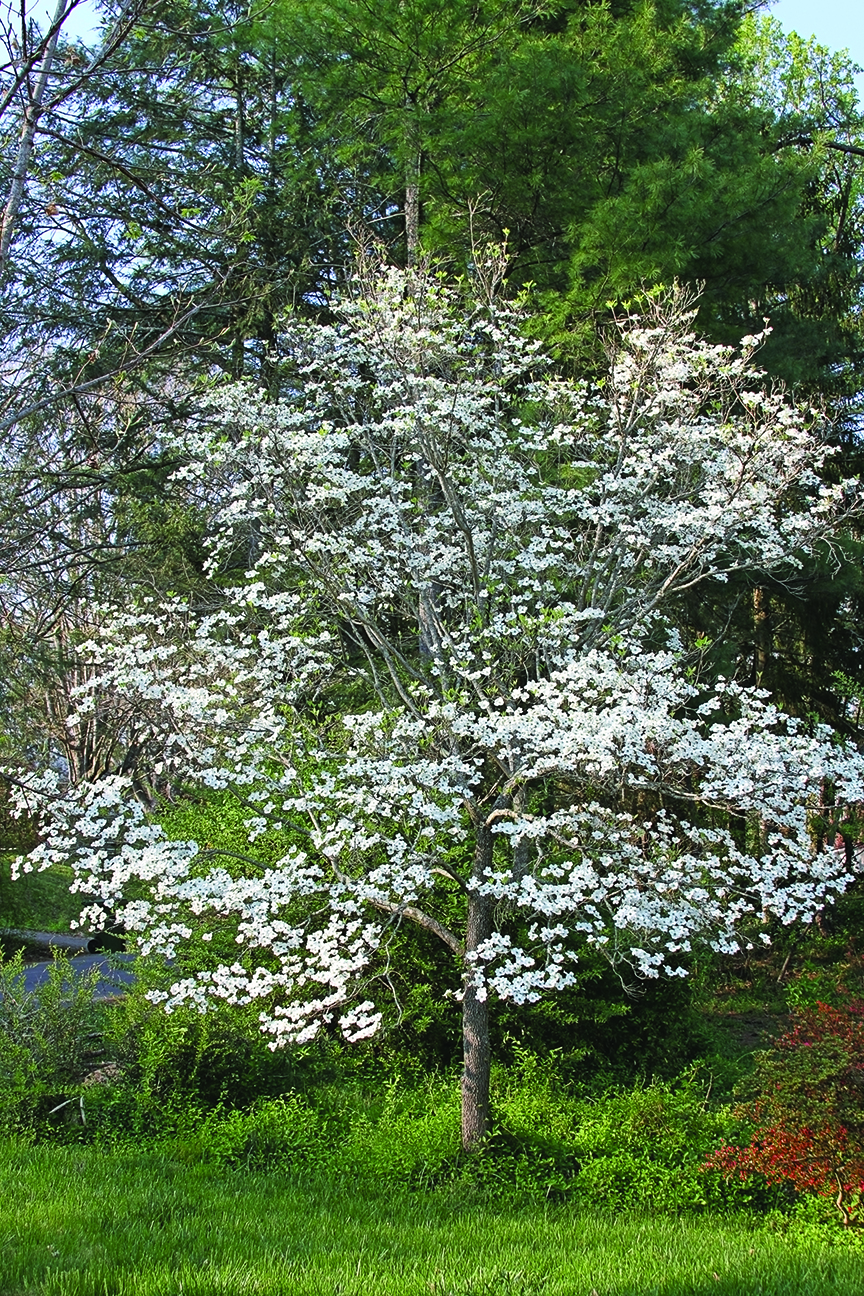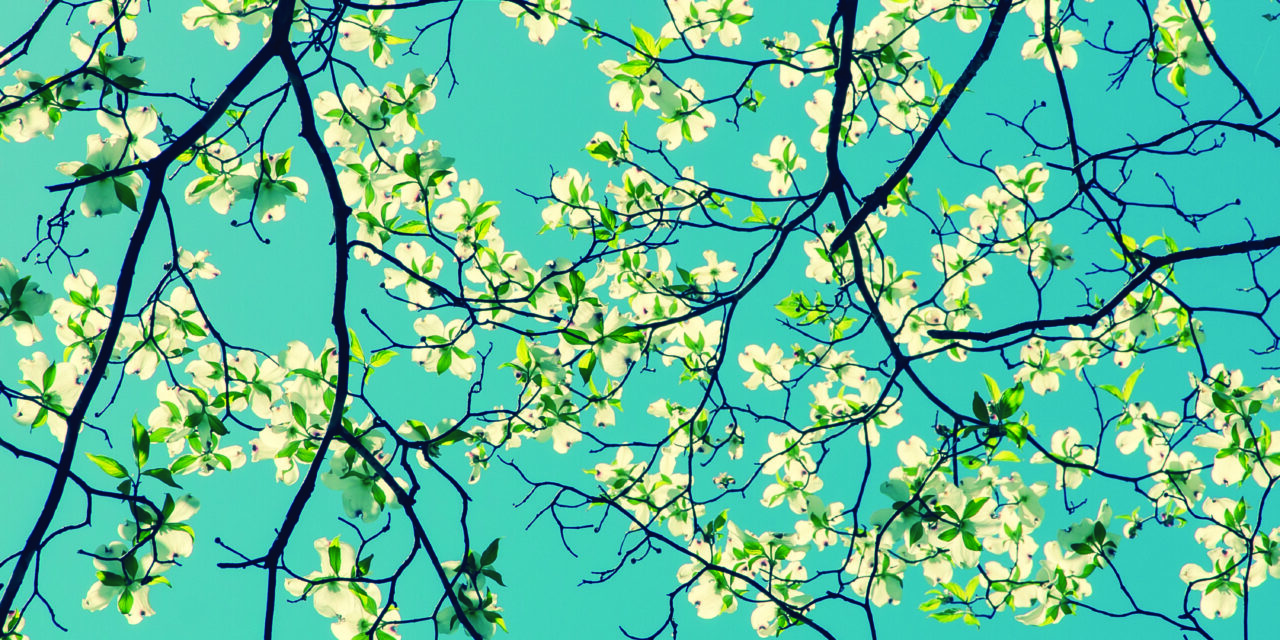
Dogwoods thrive in the understory of larger trees that provide dappled shade. That makes them good options in a wooded yard or in complement to an established privacy screen or foundation bed.
Dogwood trees can at times feel like caring for a young child.
A favorite of Southerners, the trees are a bit picky about where they’re put, getting cranky in too much sun, moisture or dryness or when their environment changes quickly.
But their inspiring beauty and growth make it more than worthwhile.
Native to Maryland, the flowering dogwood blooms mainly in white and pink flowers but also boasts wildlife-feeding red berries in summer and color in the fall.
According to the University of Maryland’s Home and Garden Information Center, dogwoods thrive in the understory of larger trees that provide dappled shade.
That makes them good options in a wooded yard or in complement to an established privacy screen or foundation bed.
“I recommend dogwood and redbuds as great small ornamental flowering trees for smaller residential properties,” said Lauren Turner, owner of Lauren’s Garden Service in Glenwood.
“They are also great as an understory tree on larger wooded properties.”
With it’s relatively wide-spread at about 30 feet, planting dogwood on a house’s corner can provide the effect making the house look wider as well.
A well-developed, mature dogwood tree has a vase-like form, with branches that spread out gracefully from the center of the tree, so plant the tree at least 15 feet from the house to allow it space to fill in as it grows.
Shallow-rooted dogwoods need particular consideration when you are choosing plants to put around them.
Look for plants with moderate growth rates.
In direct proximity to the protective mulch circle, use plants that require no more than 4 inches of soil depth.
Rhododendrons are commonly cited as good companions, but bugleweed, periwinkle, Vinca minor, mondo grass, sweet woodruff, cranesbill, dead nettle or creeping sedum are some other recommended options.
Well-drained soil and access to water are two other keys for success.
“They may need irrigation during the drier months of July and August. If overhead irrigation is applied, water early to allow leaf drying before nightfall, which will minimize disease problems,” the center said.
Trees that are stressed due to unsuitable cultural and environmental conditions are more susceptible to diseases and pest problems.
Powdery mildew dogwood anthracnose and spot anthracnose can be problematic for dogwoods and the center recommends planting cultivars bred for disease resistance.
While several cultivars in the center’s listing online at https://extension.umd.edu/resource/how-grow-dogwood show resistance for two of the three disease, only Stellar Pink claims some protection from all three.
“It is important to note that disease-resistant does not mean immune to disease. Even disease-resistant dogwoods may develop problems if they are planted in an unsuitable environment,” the center said.
For all its usefulness in landscaping and springtime beauty, the flowering dogwood is also loaded with symbolism.
In the Christian faith, the trees symbolizes rebirth. Not only do it’s four petals form a cross but dogwood was used for the cross in Jesus’ crucificixion.
Dogwood flowers are also connected to durability and the ability to withstand various challenges in life.
That’s something we can all relate to.





